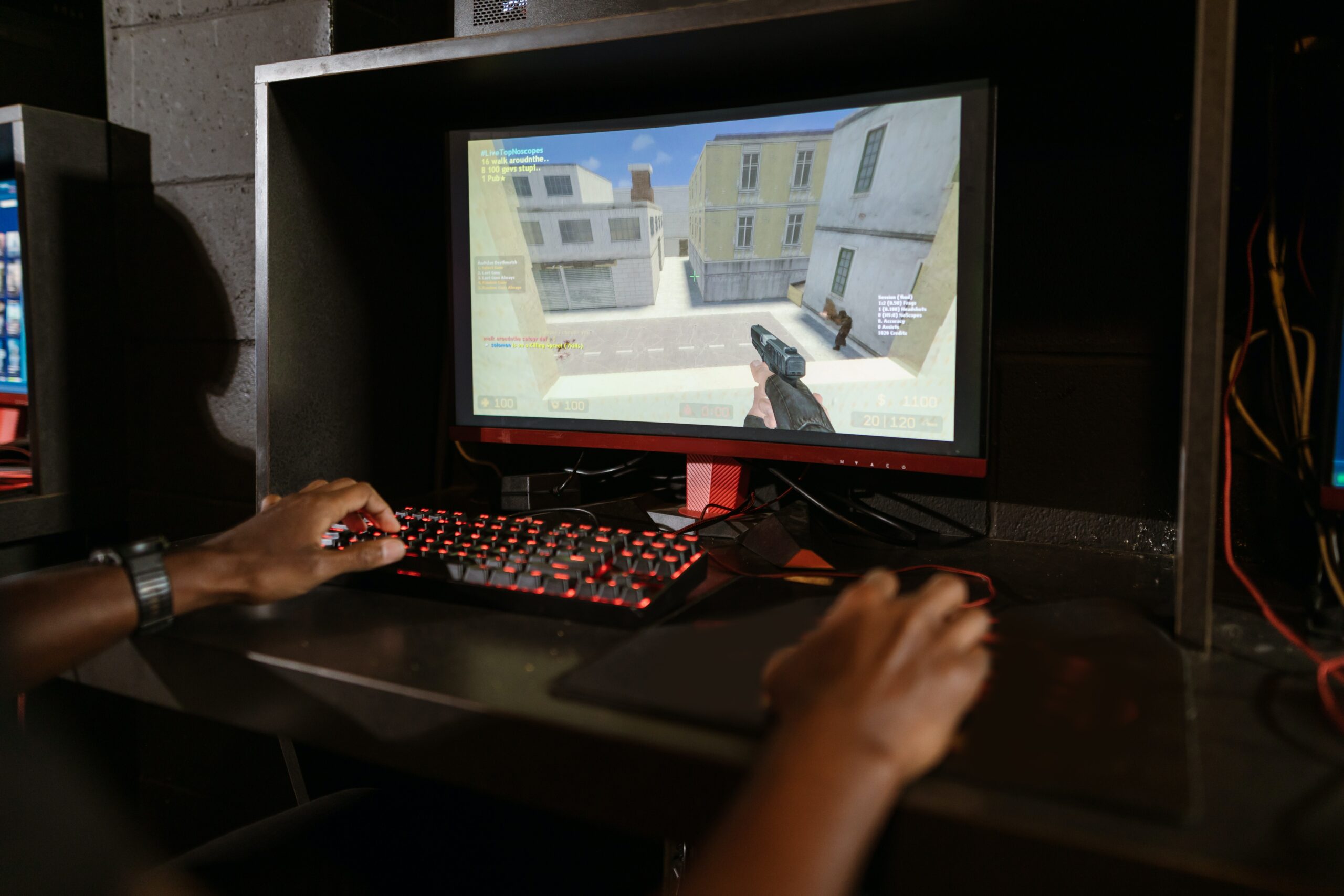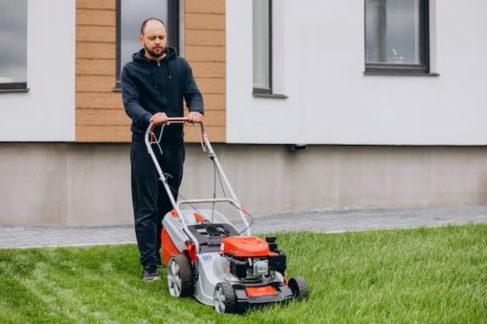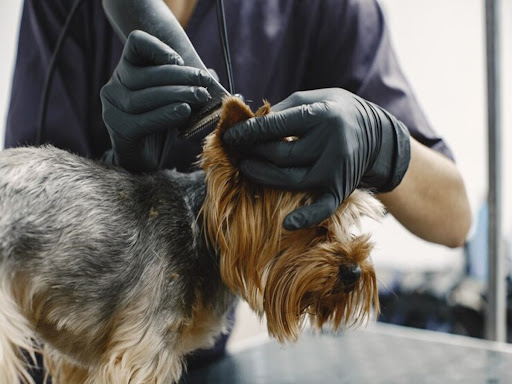In the realm of competitive gaming, communication is key. In games like Counter-Strike: Global Offensive (CS:GO), effective callouts can be the difference between victory and defeat. Mastering CS Among the most iconic maps in the game, Dust 2 is renowned for its fast-paced gameplay and strategic depth. This article will delve into the essential callouts for each area on Dust 2, helping you and your team dominate the battlefield.
Terrorist Spawn (T Spawn)
As the round begins, the Terrorist team spawns in their designated area known as T Spawn. This callout is crucial for coordinating early strategies and ensuring everyone knows the starting point.
Counter-Terrorist Spawn (CT Spawn)
The Counter-Terrorist team begins the round at CT Spawn. Mastering CS Accurate callouts from teammates will help the CT side establish control over key areas quickly and efficiently.
Long A
Long A is one of the most prominent and contested areas on Dust 2. Mastering CS It refers to the long, open stretch leading from T Spawn to the A bombsite. Key callouts for Long A include:
- Long Doors: The double doors leading from T Spawn towards A Long. The callout “Long Doors” is used to communicate enemy positions or rotations near this entrance.
- Pit: The sunken area located near the A bombsite. It is a popular position for both Terrorists and Counter-Terrorists to hold. Callouts such as “Pit” or “Pit Down” inform your team about enemy presence in this crucial spot.
- Car: The car parked near the corner of Long A can be a potential hiding spot for enemies. Alert your team with a callout of “Car” when an opponent is spotted in this position.
Short A
Short A is another high-traffic area that connects T Spawn to the A bombsite. Mastering CS It is vital to communicate effectively to ensure your team can respond to enemy advances swiftly. Key callouts for Short A include:
- Short: Refers to the short, narrow path leading to the A bombsite. Frequent callouts like “Short” or “Short Push” alert your team to enemy movement in this area.
- CT Ramp: Mastering CS The elevated area near the A bombsite that leads to CT Spawn. It’s crucial to call out enemy positions here to prevent flanking or retakes by Counter-Terrorists.
- Goose: A raised platform near the A bombsite that often serves as a hiding spot for Counter-Terrorists. Use callouts like “Goose” to notify your team of an enemy presence in this location.
Mid
Mid is the central area of Dust 2 that connects Long A and Short A. It is a vital chokepoint that allows access to multiple areas on the map. Callouts for Mid include:
- Mid Doors: Mastering CS The large double doors located in the middle of the map. Communication regarding enemies near or passing through Mid Doors is essential for both teams.
- Xbox: The raised platform or ledge near Mid Doors, resembling the shape of an Xbox console. The callout “Xbox” helps your team pinpoint enemy positions and plan effective strategies.
- CT Mid: The area near Mid that leads to CT Spawn. Keeping track of enemy movement through CT Mid is crucial for rotating and defending bombsites.
B bombsite
Mastering CS The B bombsite on Dust 2 is a critical area that often sees intense firefights. Proper callouts enable your team to coordinate attacks or rotations effectively. Key callouts for B bombsite include:
- B Doors: Mastering CS The double doors leading from Tunnels to the B bombsite. Alert your team with callouts like “B Doors” or “B Doors Open” when enemy movement is detected here.
- B Plat: The raised platform near the B bombsite, commonly used by Counter-Terrorists for defensive positions. Accurate callouts regarding enemy presence on B Plat help your team strategize accordingly.
- Back Plat: The rear side of the B bombsite platform. Callouts like “Back Plat” notify your team about enemies hiding or attacking from this location.
Conclusion
Mastering CS Mastering callouts on Dust 2 is crucial for effective teamwork and coordination in CS:GO. By familiarizing yourself with these key callouts, you’ll be able to communicate essential information to your teammates, gain a strategic advantage, and increase your chances of victory. Remember, effective communication is the foundation of success in competitive gaming, so practice these callouts and refine your team’s communication skills on Dust 2.








